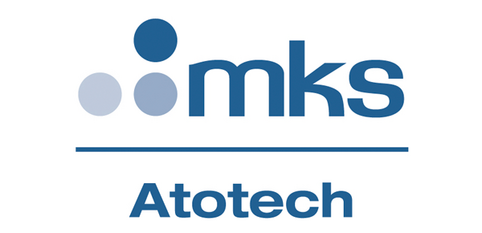Insourcing classification and export controls: MKS’ Atotech
MKS’ Atotech leveraged AEB’s quick and seamless integration with SAP® to bring customs functions in-house. For their customers, this means shorter delivery times for critical goods.
Challenge
In the equipment segment alone, MKS Instruments Inc. has roughly 160,000 items in its material master data, with 1,000-1,200 items added every month. About two percent of those are classified under EU export control regulations as dual-use. MKS’ Atotech’s core business is heavily focused on exports, especially in the equipment arena. “90% of the equipment we manufacture is sold abroad, mainly in Asia,” explained Axel Tuengerthal, Head of Equipment Logistics
Until recently, Tuengerthal outsourced the challenging tasks of classification and screening to a global trade consultant. Each week, the consultant received an Excel spreadsheet with all the new products, which he then classified and checked for export licensing requirements. The Excel file of updated material data was then sent back to MKS’ Atotech and imported into SAP®. The consultant was also assigned the annual check for changes to the Harmonized System, Combined Nomenclature, and Foreign Trade and Payments Ordinance.
“The process worked, but there were a few disadvantages,” Tuengerthal recalled. This included waiting for classification, during which time the item could not be shipped. The entire process was time-consuming for the consultant and expensive for MKS’ Atotech. Another downside was the need to share data, some of it sensitive, with an outside party. Even though the work was outsourced, MKS’ Atotech ultimately retained the legal liability for errors.
MKS’ Atotech decided to bring the labor-intensive and time-critical process in-house and automate it as much as possible. The implemented solution combines AEB’s Product Classification and Export Controls software. The Product Classification software compares newly defined products to previously classified materials and assigns the appropriate commodity code based on matching attributes. The software also checks whether the commodity code is already in the mapping directory, which flags it as a dual-use item. In this case, Product Classification also identifies the export control number.
MKS’ Atotech employees only need to intervene manually if the system does not have enough indicators to assign a reliable commodity code. When this happens, the responsible employees receive an auto-generated email and can initiate necessary steps, such as obtaining more information from the technology department.
Export Controls allows automated screening of business events against international embargo lists and license requirements. Responsible parties are automatically notified of potential conflicts so they can be manually checked.
"The AEB solution fits well with our existing environment," shared Axel Tuengerthal. The software integrates seamlessly into MKS’ Atotech’s SAP® system, syncing material and export control data.
Result
By implementing the AEB software, MKS’ Atotech has significantly accelerated its classification and export control processes.
"We have achieved our goals," emphasized Axel Tuengerthal. “We’ve accelerated our classification and screening, and all our data stays within the company. We also managed to integrate everything into our existing environment. And the bottom line is positive: Despite insourcing, we did not increase our personnel expenses. The company is also less reliant on individual specialists. Last but not least, AEB software also supports MKS' Atotech when there are changes to legislation.”
"Classification and checks take a fraction of the time required before we implemented the software. For our customers, this means shorter delivery times for critical goods."
Reinhold Thomae, Export Control Expert, MKS' Atotech



